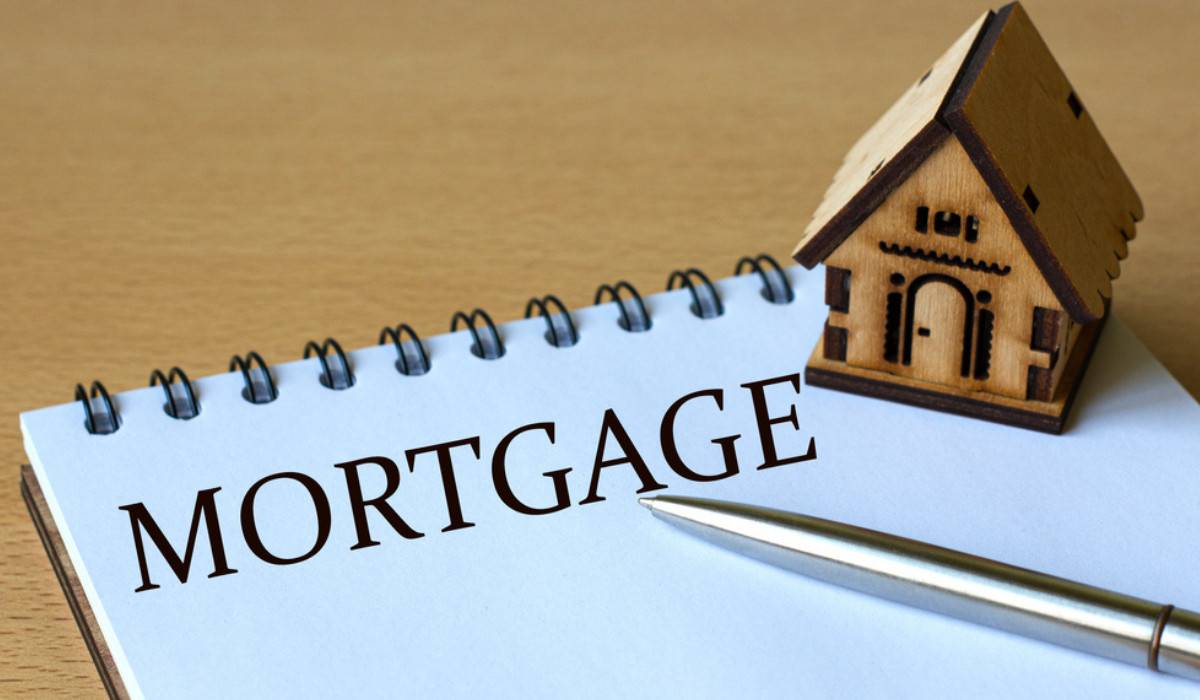Successful
Implementation of Green Mortgages in Ghana
Green mortgages are a growing
innovation in the housing finance sector, aimed at promoting environmentally
friendly construction and energy-efficient homes. In Ghana, where housing
deficits and energy inefficiencies are prevalent, implementing green mortgages
presents an opportunity to address these challenges while contributing to
sustainable development goals. Successful implementation requires a
multi-faceted approach, incorporating government policy, financial incentives,
and stakeholder collaboration.
1. Understanding Green
Mortgages
Green mortgages are home loans
designed to finance the purchase, construction, or renovation of properties that
meet specific environmental and energy efficiency standards. In return,
borrowers may benefit from lower interest rates, reduced utility costs, or
financial incentives.
Key components of green
mortgages:
- Energy Efficiency Standards: Compliance with energy-efficient
designs or use of renewable energy systems.
- Environmental Considerations: Reduction in carbon
emissions through sustainable materials and construction practices.
- Financial Benefits: Lower long-term costs for
homeowners due to reduced energy consumption.
2. Relevance of Green
Mortgages in Ghana
Addressing Housing
Deficits
- Ghana faces a housing deficit of over 1.8 million units.
Encouraging green housing development can create environmentally
sustainable solutions while meeting housing demands.
B. Promoting Energy
Efficiency
- With rising electricity costs and frequent energy shortages,
green mortgages incentivize homeowners to adopt renewable energy sources,
such as solar panels, reducing reliance on traditional power grids.
C. Aligning with
National Goals
- Green mortgages align with Ghana’s commitment to the
Sustainable Development Goals (SDGs), particularly Goal 7 (Affordable and
Clean Energy) and Goal 11 (Sustainable Cities and Communities).
3. Elements of
Successful Implementation
A. Government Policies
and Incentives
- Tax Benefits: Offering tax deductions or rebates to
developers and homeowners who adopt green technologies.
- Regulations: Establishing and enforcing building
codes that promote energy efficiency and sustainability.
- Subsidies: Providing financial support for green
construction materials and renewable energy installations.
B. Financial
Institutions
- Customized Loan Products: banks and financial
institutions offering green mortgages with favorable terms, such as
reduced interest rates or extended repayment periods.
- Partnerships with Developers: Collaborating with
real estate developers to build affordable, eco-friendly homes that meet
green mortgage criteria.
- Risk Mitigation: Establishing insurance products for
green housing to enhance lender confidence.
C. Awareness and
Education
- Public awareness campaigns: educating potential
homeowners on the benefits of energy-efficient homes and green mortgages.
- Training for Stakeholders: Capacity building for
real estate developers, financial institutions, and policymakers on green
construction and financing.
D. Technology
Integration
- Green Building Technology: Promoting the use of
solar panels, energy-efficient appliances, and sustainable construction
materials.
- Digital Platforms: Using technology to streamline
application processes for green mortgages and track compliance with
environmental standards.
4. Case Studies of
Green Mortgage Success in Ghana
A. Ecostar Affordable
Housing Project
- Ecostar’s energy-efficient homes incorporate solar energy
systems and sustainable construction materials.
- The company partners with local financial institutions to offer
green mortgages tailored for low- and middle-income earners.
B. National Housing and
Mortgage Fund (NHMF)
- Though primarily focused on affordability, NHMF has begun
integrating green elements into its projects, such as promoting renewable
energy use.
C. Private Sector
Initiatives
- Some banks in Ghana have piloted green mortgage programs,
offering incentives for homes with solar installations or energy-efficient
designs.
5. Benefits of Green
Mortgages
Financial Savings
for Homeowners
- Lower utility bills due to reduced energy consumption.
- Potential tax rebates or financial incentives tied to
energy-efficient homes.
B. Environmental Impact
- Reduction in greenhouse gas emissions.
- Conservation of natural resources through sustainable
construction practices.
C. Increased Property
Value
- Green-certified homes often have higher resale values due to
their long-term savings and environmental benefits.
D. Social Benefits
- Improved quality of life through access to modern, sustainable
housing.
- Contribution to Ghana’s overall energy security by reducing
dependence on non-renewable energy sources.
6. Challenges and
Solutions
A. High Initial Costs
- Green technology and materials can be expensive, discouraging
widespread adoption.
- Solution: Offer subsidies, grants, or low-interest
loans to reduce upfront costs for developers and homeowners.
B. Limited Awareness
- Many Ghanaians are unaware of the benefits of green mortgages
or how to access them.
- Solution: Conduct nationwide education campaigns and
collaborate with community leaders to disseminate information.
Regulatory Gaps
- Absence of comprehensive building codes and standards for green
construction.
- Solution: Develop and enforce robust green building
regulations.
D. Infrastructure
Deficits
- Limited access to renewable energy systems and eco-friendly
construction materials in rural areas.
- Solution: Invest in supply chain development and
incentivize local production of green materials.
7. Future Prospects for
Green Mortgages in Ghana
The potential for green
mortgages to transform Ghana’s housing market is significant. Key strategies
for scaling up their implementation include:
- Expanding public-private partnerships: Collaborate
with international organizations, local governments, and financial
institutions to fund and promote green housing projects.
- Developing Green Certification Programs: Establish
standards and certifications for green homes to encourage compliance and
attract investment.
- Integrating climate resilience: Incorporate features
that mitigate climate risks, such as flood-resistant designs, to ensure
long-term sustainability.
8. Conclusion
Successful implementation of
green mortgages in Ghana requires a collaborative effort between the
government, financial institutions, developers, and the public. By addressing
affordability challenges, increasing awareness, and investing in sustainable technologies,
Ghana can create a housing market that not only meets the needs of its growing
population but also contributes to environmental preservation and economic
growth. Green mortgages are a step forward in ensuring that Ghana’s housing
solutions are as sustainable as they are inclusive.


